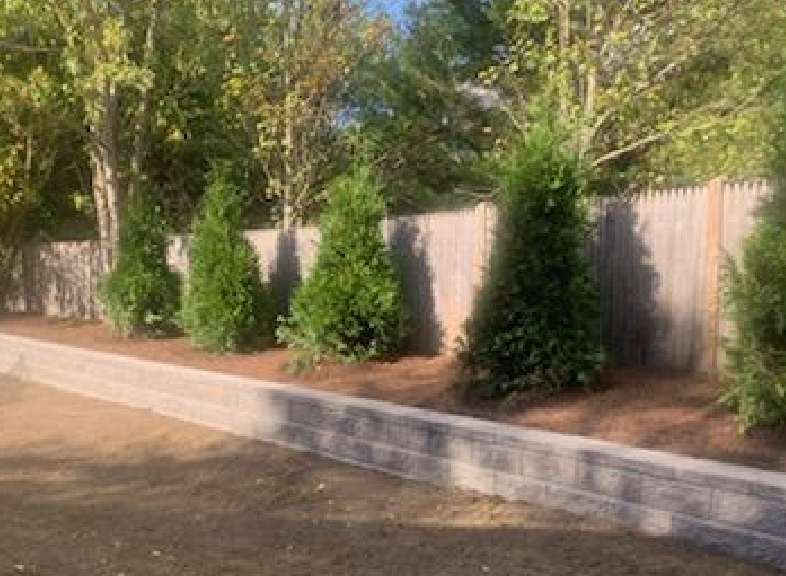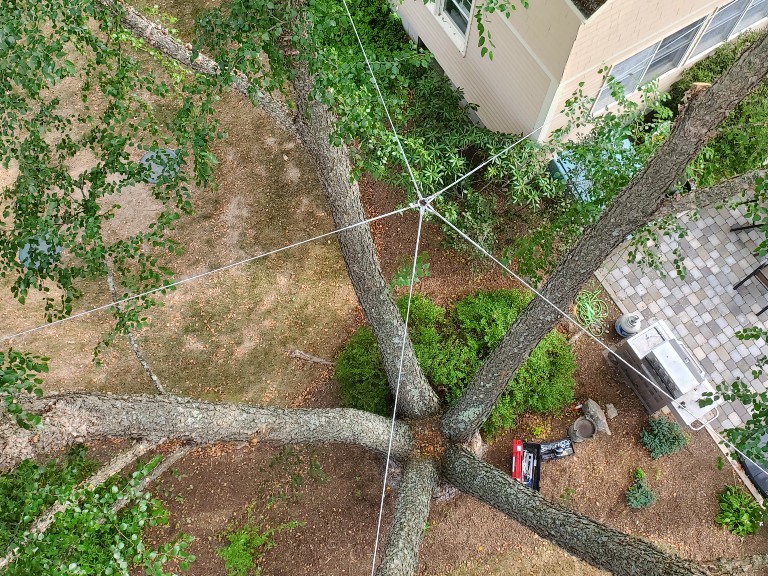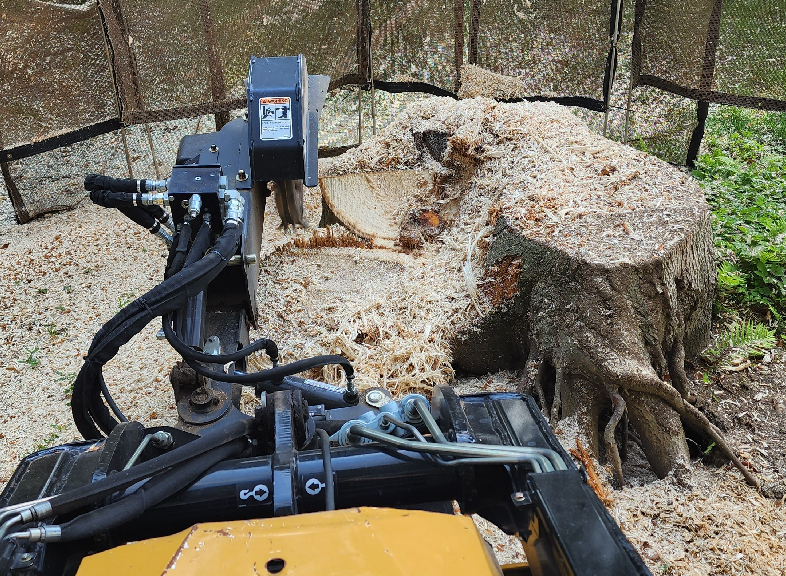Adding trees to your landscape enhances curb appeal, provides shade, and improves air quality. However, choosing the right tree requires careful planning to ensure it thrives in your environment and complements your property. From climate considerations to maintenance needs, this guide will help you select the perfect tree for your landscape.
1. Consider Your Climate and Growing Zone
Not all trees can thrive in every climate. The USDA Plant Hardiness Zone Map helps determine which trees will grow best in your area based on temperature ranges.
Check Your Zone – Choose trees suited to your local climate to ensure long-term survival.
Understand Weather Conditions – Consider drought resistance, frost tolerance, and wind exposure.
Native vs. Non-Native Trees – Native trees adapt better to local conditions and require less maintenance.
2. Define Your Purpose for Planting
Understanding why you want a tree will help narrow down the best options.
Shade Trees – Large, leafy trees like oaks and maples provide cooling shade for homes and outdoor spaces.
Ornamental Trees – Flowering trees like dogwoods or magnolias add beauty and seasonal color.
Privacy & Windbreaks – Evergreen trees like arborvitae and spruce create natural barriers for privacy and wind protection.
Fruit-Bearing Trees – Apple, cherry, and citrus trees provide fresh produce and attract pollinators.
3. Evaluate the Tree’s Size and Growth Rate
Choose a tree that fits well within your available space without overwhelming nearby structures.
Mature Height & Width – Ensure the tree won’t outgrow the space or interfere with power lines.
Growth Rate – Fast-growing trees provide quick benefits but may have weaker wood and shorter lifespans.
Spacing Considerations – Plant trees far enough from buildings, sidewalks, and driveways to prevent root damage.
4. Assess Soil Conditions & Drainage
Healthy trees start with the right soil conditions.
Test Your Soil – Check for pH levels, drainage, and nutrient content before planting.
Consider Drainage Needs – Some trees prefer well-drained soil, while others thrive in wetter areas.
Improve Soil Quality – If necessary, amend soil with compost or mulch to enhance tree health.
5. Determine Maintenance Requirements
Different trees have varying levels of upkeep. Choose one that fits your ability to care for it.
Pruning Needs – Some trees require frequent trimming, while others grow naturally into their shape.
Leaf & Fruit Cleanup – Consider seasonal maintenance, such as raking leaves or cleaning up fallen fruit.
Pest & Disease Resistance – Option for disease-resistant species to reduce the risk of infestations.
6. Choose the Right Tree for Your Property Type
For Small Yards – Option for compact trees like Japanese maple or redbud.
For Large Landscapes – Oak, sycamore, or elm trees provide shade and grandeur.
For Urban Settings – Trees like ginkgo and honey locust tolerate pollution and limited space.
7. Plan for Longevity & Sustainability
Planting a tree is a long-term investment. Ensure it fits your landscape now and in the future.
Choose Long-Lived Species – Some trees, like oaks, can thrive for generations.
Eco-Friendly Options – Select trees that support local wildlife and improve air quality.
Think Ahead – Plan for how the tree will grow and fit within your evolving landscape design.
Conclusion
Selecting the right tree for your landscape involves careful planning, from climate suitability to maintenance needs. By considering size, purpose, and long-term growth, you can enhance your property with a tree that provides beauty, shade, and environmental benefits for years to come.For expert advice on tree selection and planting, contact Twin Oaks Tree Care today and let our professionals help you make the best choice for your landscape!



